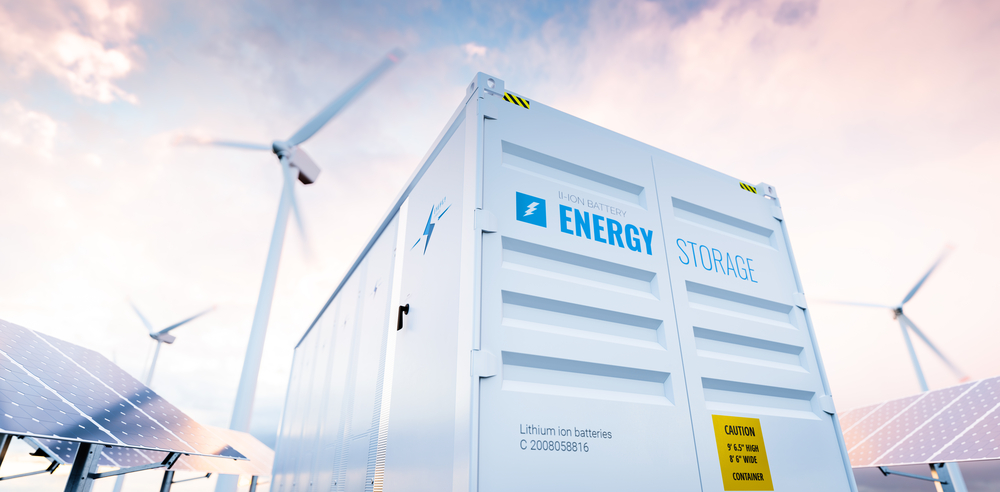Ontario’s energy infrastructure is undergoing a significant expansion in response to consumer needs, decarbonization efforts and economic growth. In response, the province’s Independent Electricity System Operator recently announced Canada’s largest energy storage procurement initiative.
Increased Energy Demand and the Decarbonization Effort
The IESO predicts an annual 2% increase in electricity demand throughout the province over the next 20 years. This new project caters to these needs with seven battery storage facilities that will provide a total of 739 megawatts of energy – a significant increase from the 228 megawatts Ontario currently has in storage capacity on the grid. Notably, five of the projects have at least a 50% economic interest from Indigenous communities.
As part of an ongoing push to decarbonize, many industries that traditionally rely heavily on fossil fuels are switching to electricity – often from renewable sources such as hydro, solar and wind. Battery storage will play a crucial role in supporting these efforts by saving excess low-cost energy for use during peak hours. Meanwhile, the facilities will take advantage of Ontario’s abundant clean energy supply by charging throughout off-peak hours.
The IESO also plans to use natural gas to ensure grid stability, reliability and resilience, securing an additional 586 megawatts through expansions and upgrades. Unlike other energy sources, natural gas is versatile enough to adapt to changing system needs. It will play a pivotal role until emerging non-emitting technologies mature.
Meeting Net-Zero Targets With Energy Storage
To combat climate change, the Canadian government has set an aggressive target of achieving net-zero emissions by 2050. As renewable resources replace conventional fossil fuel, energy storage will play a critical role in meeting this goal. A 2022 report commissioned by Energy Storage Canada, Energy Storage: A Key Pathway to Net Zero in Canada, estimates a potential for 8 to 12 gigawatts of installed energy storage capacity by 2035.
By investing in energy efficiency and continuing to rely on renewable sources, the province and nation can further end the reliance on carbon and fossil fuels. Natural gas generation will continue to be pivotal in meeting these goals until emerging clean energy technologies mature. By 2026, the IESO anticipates that Ontario will have at least 1,217 megawatts of storage capacity participating in its electricity market, in addition to smaller storage installations that serve local communities, businesses and homes.











